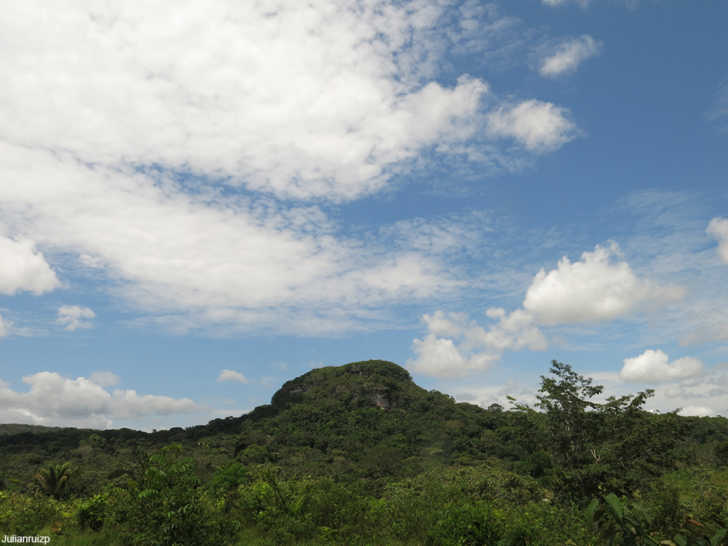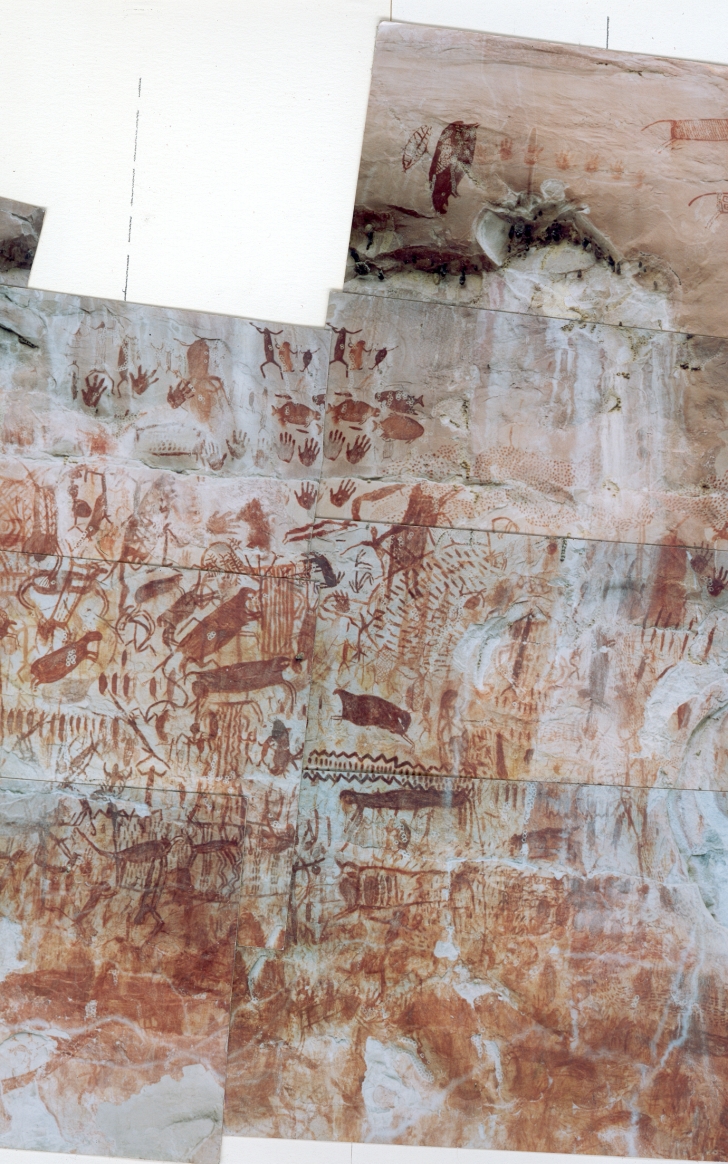“Sistine Chapel” of the Ancients Being Studied in Colombia
According to researchers it will likely take decades to properly study them all.
A recent discovery deep in the Amazon of Colombia has revealed a rock face with thousands of depictions of people, animals, abstract (or symbolic) patterns, and human handprints. Researchers have dubbed the find as the “Sistine Chapel” of the ancients, and a recently-published paper posits that these pre-contact frescoes may be as old as 9780 BC 10580 BC. The team of researchers has also theorized that these paintings represent some of the earliest artworks created by the first people to inhabit South America.

The findings were published in the Quaternary International journal in April of 2020 in a joint project between two Colombian institutions -Universidad Nacional de Colombia and Universidad de Antioquia- and the University of Exeter in the U.K.
The project is headed by José Iriarte, who described the rock paintings as “detailed” and “so natural and so well made” that the animals depicted in the scenes are clearly identifiable. To that end, some of the animals shown in the images appear to be from the Ice Age, such as the Paleolama, ancient horses, and the mastodon.

The appearance of the animals in the paintings is partially what researchers based their timeline on, but they also found thousands of pieces of ancient human habitation in the area, including processed animal remains and other evidence of tool usage such as arrowheads.
The paintings were likely made using bits of ochre that were found nearby the large rock formation. The paintings extend from a normal human eye-level to so high up that drones were needed to properly photograph them. This begs the question of how ancient peoples, with little in the way of technology, could have created these images so far up from the ground. The answer may lie in depictions of what seem to be wooden towers also painted on the rock.
Despite evidence of human activity in the area dating back to around 12,000 years ago, when the murals were actually painted is still unknown. While some interpretations are that Ice Age animals were depicted, others see in the paintings scenes that could be related to the conflict between the indigenous tribes and the Spanish conquistadors who arrived around 1500.

The images painted in great detail, in great number, and possibly created using early forms of scaffolding have led to the Sistine Chapel reference, a Catholic church in Vatican City that was completed in the 15th century featuring masterpiece paintings covering the walls and ceilings.
The dedication it must have taken to complete the rock paintings at Serranía La Lindosa offer a glimpse into how important these artworks were to the people who created them.
The area where the rock paintings were found has been largely off limits for decades, owing to the long-standing conflict between the Colombian government and the Fuerzas Armadas Revolucionarias de Colombia (commonly known as FARC). Even getting to the site is difficult, a process that was documented for the British Channel 4 documentary, Jungle Mystery: Lost Kingdoms.
UPDATE: The Channel 4 documentary gave the impression that the paintings were newly discovered, but this is not actually the case. According to the Smithsonian local indigenous peoples in the area surrounding the wall paintings have known about them for generations and have been maintaining the paintings for years. The name of one of the parks that holds some of these rock paintings is called Chiribiquete National Park, which means the “hills where it is drawn” among the Karijona peoples.
Locals have been dismayed with the way the paintings have been covered in the press recently, and say that roles of tribal peoples in studying and and protecting the murals has been overlooked. Even within the scientific community the murals were written about as early as the 1940s when ethnobotanist Richard Evans Schultes traveled to the region and wrote about the murals and the local culture extensively. According to one account the murals “are a book about our history, a story that is still being told” as phrased by an unnamed Karijona shaman.
SKM: below-content placeholderWhizzco for DOT

